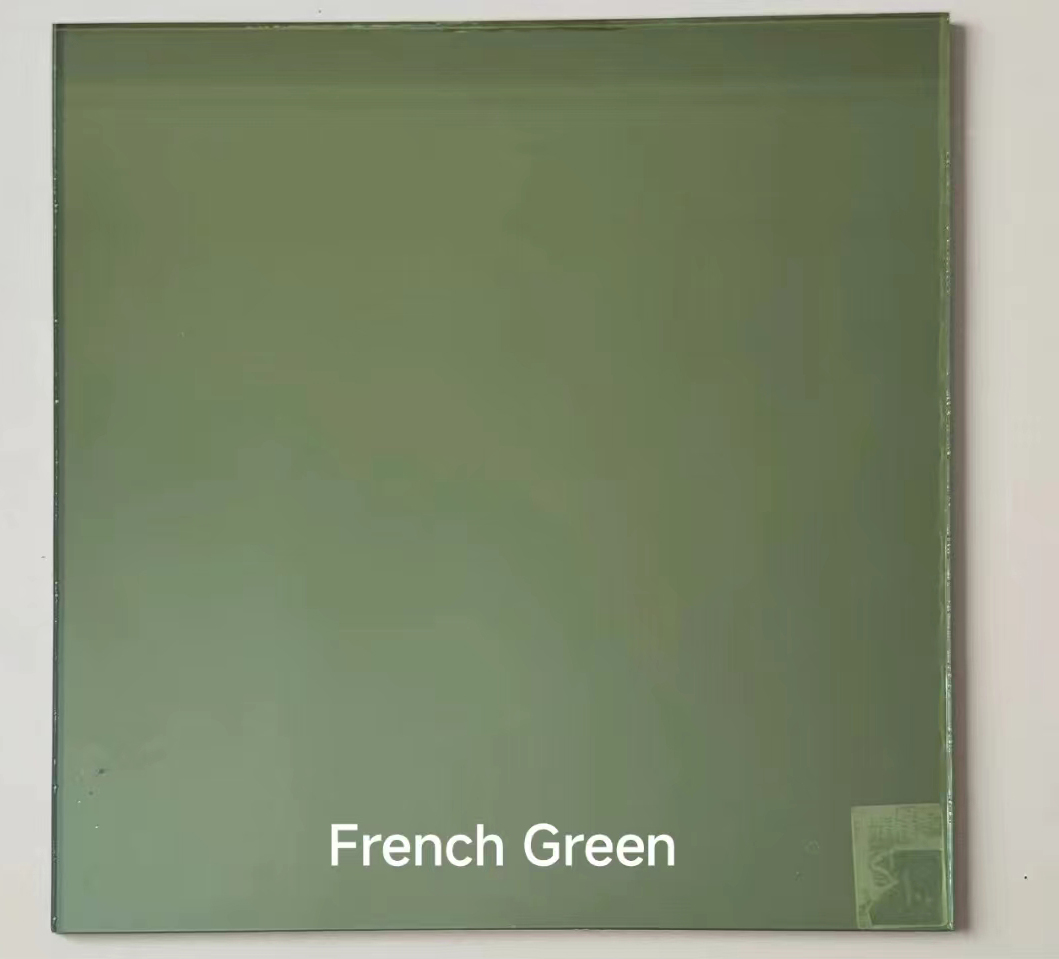

The Advantages of Low-E2 Glass in Modern Architecture
In the ever-evolving world of architecture and building materials, Low-E2 glass has emerged as a significant innovation, offering both aesthetic appeal and energy efficiency. This specialized glass has transformed the way buildings are designed, impacting not only their energy consumption but also their overall functionality and comfort.
The Advantages of Low-E2 Glass in Modern Architecture
One of the most significant benefits of Low-E2 glass is its impact on energy efficiency. By minimizing heat loss during the colder months and limiting heat gain in warmer seasons, buildings can reduce their reliance on heating and cooling systems. This not only lowers energy bills for occupants but also contributes to a reduced carbon footprint, aligning with the growing demand for sustainable building practices. According to studies, buildings that utilize Low-E2 glass can achieve energy savings of up to 30% compared to traditional glazing options.

In addition to its energy-saving properties, Low-E2 glass also enhances the comfort of building occupants. The improved thermal performance minimizes cold spots near windows during winter and helps to mitigate overheating in the summer, leading to better overall comfort inside the building. Furthermore, the glass allows for ample natural light to filter in, creating a bright and inviting atmosphere while also preserving views to the outside. This balance between light and thermal control is essential in modern design, where aesthetics and comfort must coexist.
Another advantage of Low-E2 glass is its contribution to the durability and longevity of buildings. The coating not only helps to preserve the glass itself but also protects interior furnishings from fading due to harmful UV rays. This is particularly beneficial in residential settings, where artwork, furniture, and flooring can be safeguarded from sun damage, thereby prolonging their life and vibrancy.
Moreover, the integration of Low-E2 glass in architectural projects can enhance the overall value of a property. As energy efficiency becomes a critical factor for potential buyers, buildings that feature this innovative glass not only stand out in the market but also command higher resale prices. This is a compelling reason for architects and builders to incorporate Low-E2 glass into their designs, as it is a solid investment in both sustainability and property value.
In conclusion, Low-E2 glass represents a significant advancement in building design and construction. With its energy efficiency, comfort-enhancing properties, durability, and ability to increase property value, it is no wonder that this material has become a popular choice in modern architecture. As the world continues to prioritize sustainability, Low-E2 glass will undoubtedly play a crucial role in shaping the future of building design, illustrating the perfect blend of innovation and practicality.